DNA Ligation Reactions
Visión general
In molecular biology, ligation refers to the joining of two DNA fragments through the formation of a phosphodiester bond. An enzyme known as a ligase catalyzes the ligation reaction. In the cell, ligases repair single and double strand breaks that occur during DNA replication. In the laboratory, DNA ligase is used during molecular cloning to join DNA fragments of inserts with vectors – carrier DNA molecules that will replicate target fragments in host organisms.
This video provides an introduction to DNA ligation. The basic principle of ligation is described as well as a step-by-step procedure for setting up a generalized ligation reaction. Critical aspects of ligation reactions are discussed, such as how the length of a sticky end overhang affects the reaction temperature and how the ratio of DNA insert to vector should be tailored to prevent self-ligation. Molecular tools that assist with ligations like the Klenow Fragment and shrimp alkaline phosphatase (SAP) are mentioned, and applications , such as proximity ligations and the addition of linkers to fragments for sequencing are also presented.
Procedimiento
Ligation can be defined as the act of joining, and in biology the term refers to an enzymatic reaction that joins two biomolecules with a covalent bond. This video describes the application of DNA ligation in molecular biology research.
In the cell, DNA ligases are enzymes that identify and seal breaks in DNA by catalyzing the formation of phosphodiester bonds between the 3’-hydroxyl and 5’-phosphate groups of the DNA backbone. Ligation occurs as part of normal cellular pro
Saltar a...
Vídeos de esta colección:
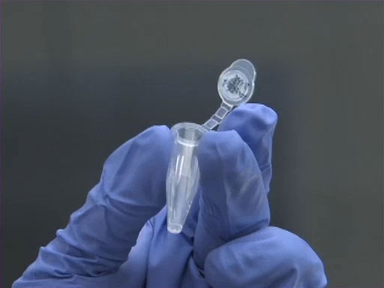
Now Playing
DNA Ligation Reactions
Basic Methods in Cellular and Molecular Biology
189.3K Vistas
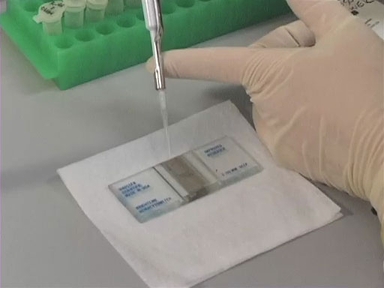
Usando el hemacitómetro para el conteo celular
Basic Methods in Cellular and Molecular Biology
224.0K Vistas
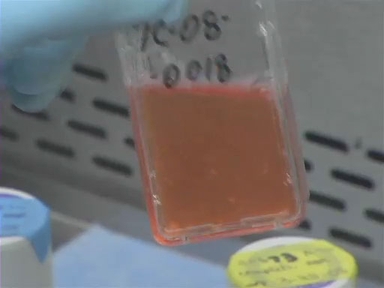
Pases celular
Basic Methods in Cellular and Molecular Biology
192.3K Vistas
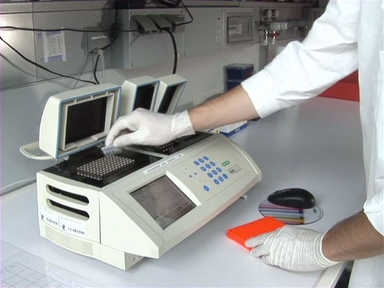
PCR: La reacción en cadena de polimerasa
Basic Methods in Cellular and Molecular Biology
725.0K Vistas
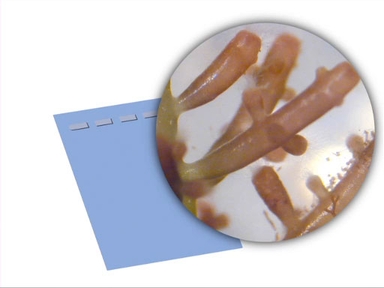
Electroforesis en gel de DNA
Basic Methods in Cellular and Molecular Biology
607.8K Vistas
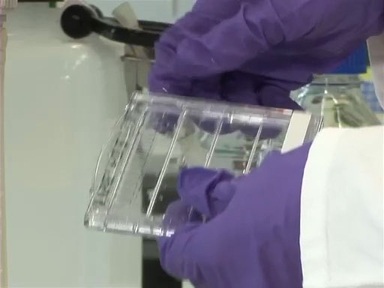
Separación de proteínas en SDS-PAGE
Basic Methods in Cellular and Molecular Biology
480.0K Vistas
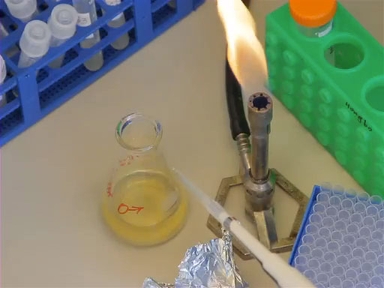
Transformación bacteriana: El método por choque térmico
Basic Methods in Cellular and Molecular Biology
738.7K Vistas
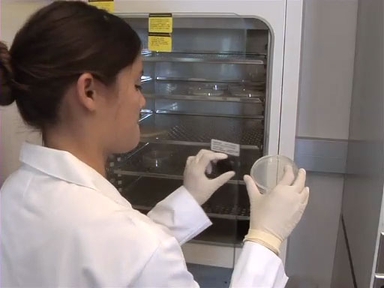
Transformación bacteriana: Electroporación
Basic Methods in Cellular and Molecular Biology
115.5K Vistas
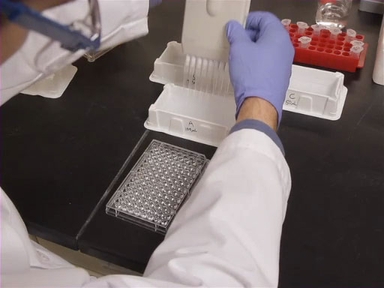
El método de ELISA
Basic Methods in Cellular and Molecular Biology
253.0K Vistas
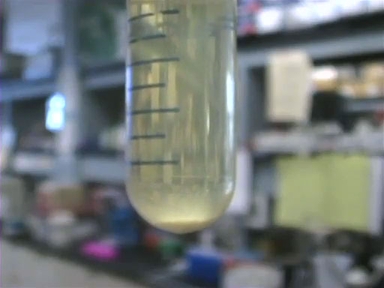
Purificación de plásmidos
Basic Methods in Cellular and Molecular Biology
308.0K Vistas
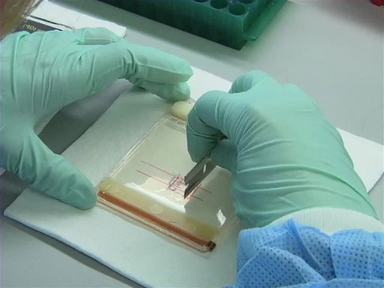
Purificación del gel
Basic Methods in Cellular and Molecular Biology
110.4K Vistas
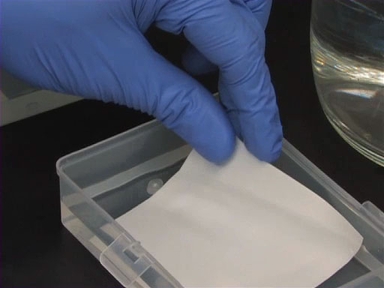
Western Blot
Basic Methods in Cellular and Molecular Biology
504.6K Vistas
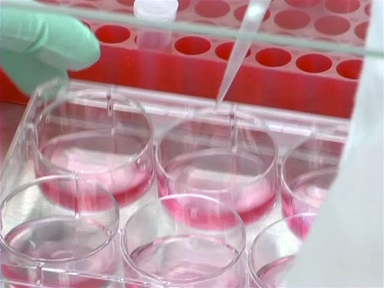
Introducción a la transfección
Basic Methods in Cellular and Molecular Biology
170.6K Vistas
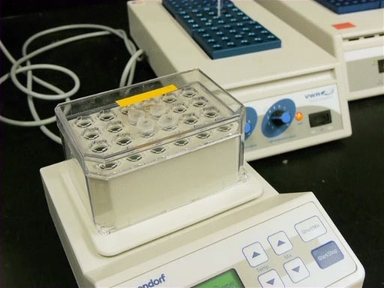
Digestiones enzimáticas restricción
Basic Methods in Cellular and Molecular Biology
286.7K Vistas

Clonación molecular
Basic Methods in Cellular and Molecular Biology
377.3K Vistas
ACERCA DE JoVE
Copyright © 2025 MyJoVE Corporation. Todos los derechos reservados